What's That Thing: The Strangest Finds. Episode 234
Here's a new installment of our irregular series, "Explain to Me What This Thing Is?" It's been a while since we've guessed the purpose of all sorts of things. So, let's not keep you waiting with an introduction! Welcome, everyone, and enjoy!
1. Ceramic cubes in a box, connected to form a canvas, some of which are marked with hieroglyphs. 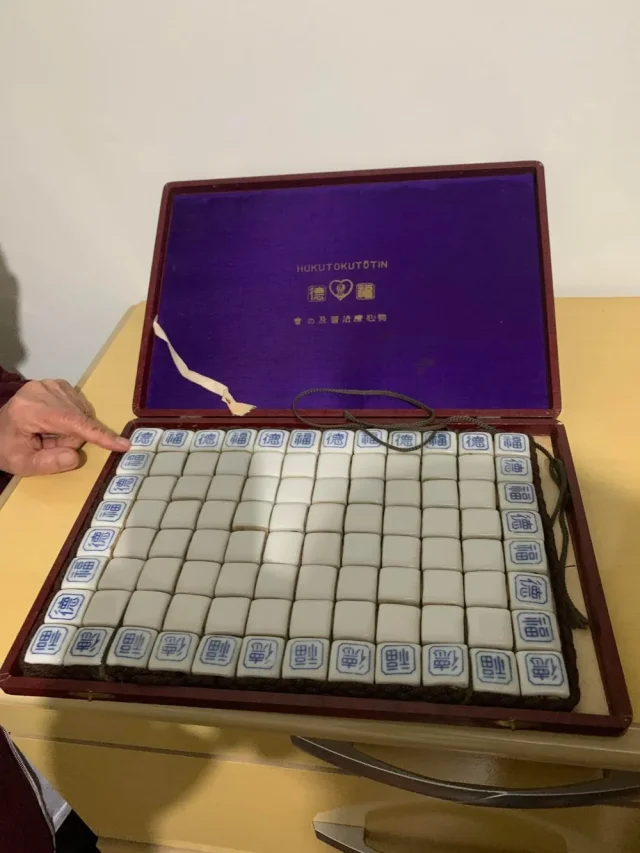
Ceramic Pillow of Eternal Youth. A dubious Chinese folk medicine.
Advertisements for these products touted all sorts of dubious health benefits. This ad claimed it was beneficial for people with high blood pressure, eye diseases, paralysis, weakness, hysteria, cerebral hemorrhages (?!), rapid heartbeat, tinnitus, sinusitis, headaches, and other ailments. 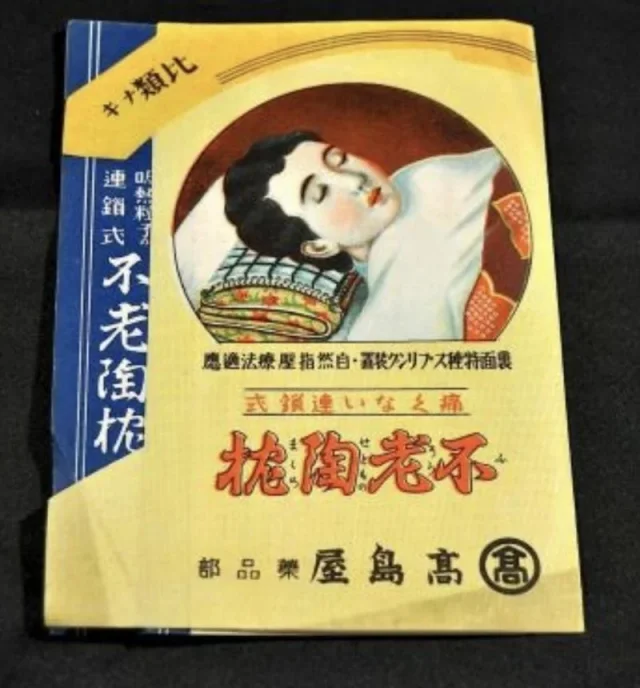
2. A sink in a 1970s house with an additional section with three small removable brass bowls 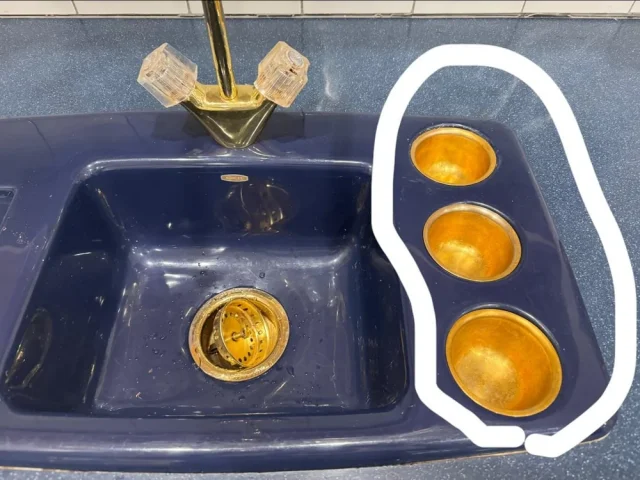
Bartender's sink with compartments for cocktail ingredients.
3. A kit including a small bellows, a pipe, and several attachments 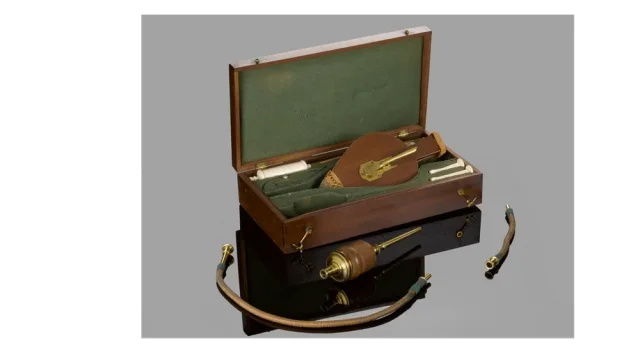
A tobacco enema resuscitation kit, popular in the 18th and 19th centuries. One of the first known references to the use of tobacco enemas dates back to 1746. When a man's unconscious wife was pulled from the Thames, a passing sailor gave the man his tobacco pipe and ordered him to give her an enema, after which the woman allegedly quickly regained consciousness. Tobacco enemas were regularly used at that time to revive drowning patients and treat headaches, convulsions, hernias, typhoid fever, and cholera. This practice remained in use until medical research in 1811 revealed that tobacco smoke had a negative impact on the cardiovascular system, leading to a decline in its popularity.
4. A strange folding system of small mirrors 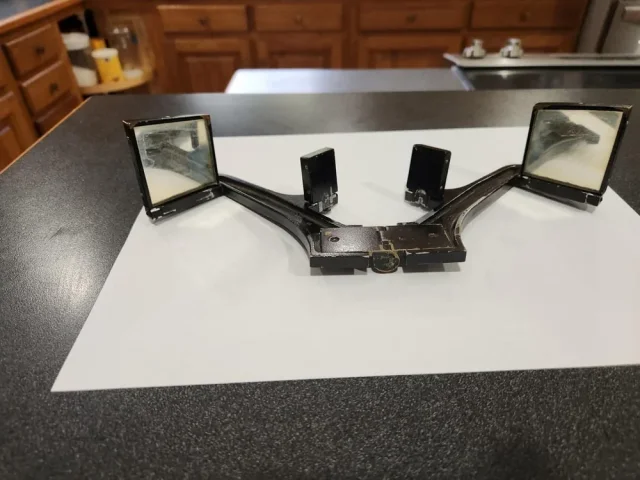
A mirror stereoscope used during World War II for aerial photography to create three-dimensional images. 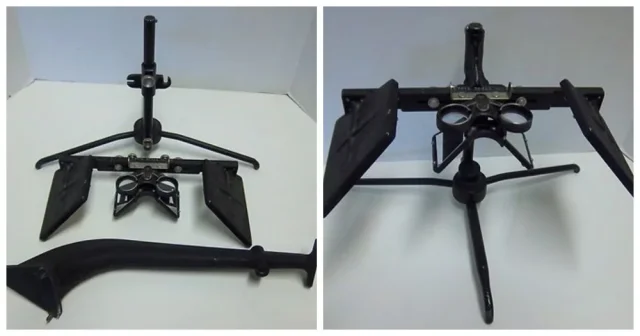
5. Steel rod with a fork on one end and a multi-purpose head on the other 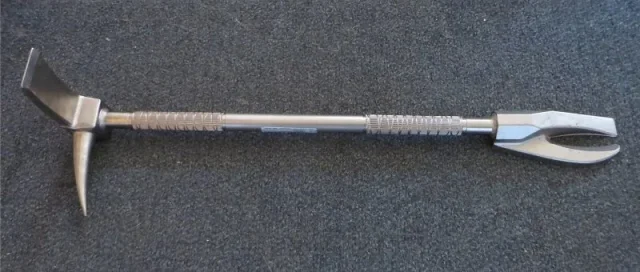
The Hooligan is a multi-purpose firefighting tool created in the 1940s by New York City firefighter Hugh Halligan. It combines a crowbar, a wedge, and a tenon, allowing for the opening of doors, disassembly, and punching of holes. The tool has become a global standard due to its efficiency and reliability.
6. Wooden frame with fabric strips inside, found at a market 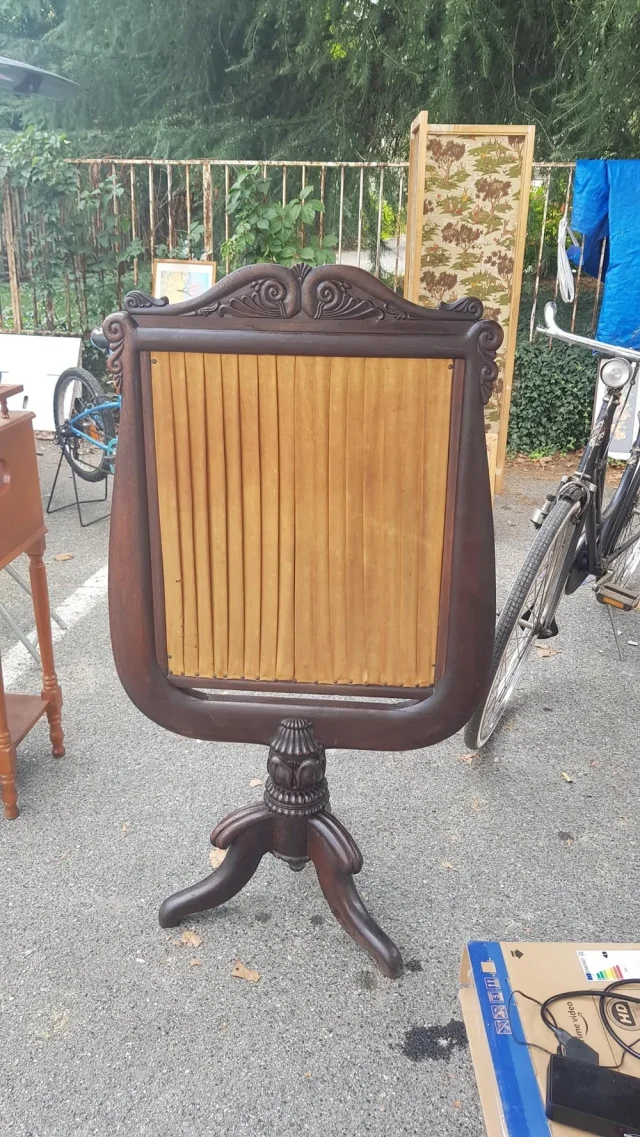
Fireplace screen. They became popular during the epidemic of venereal diseases, especially syphilis. Those afflicted had to apply a thick layer of makeup and even wax to their faces to conceal pockmarks. If people sat too close to the fire, their faces would literally melt, and the soft, diffused heat helped prevent such an accident.
7. A tiny antique flask with the scent of cloves preserved inside 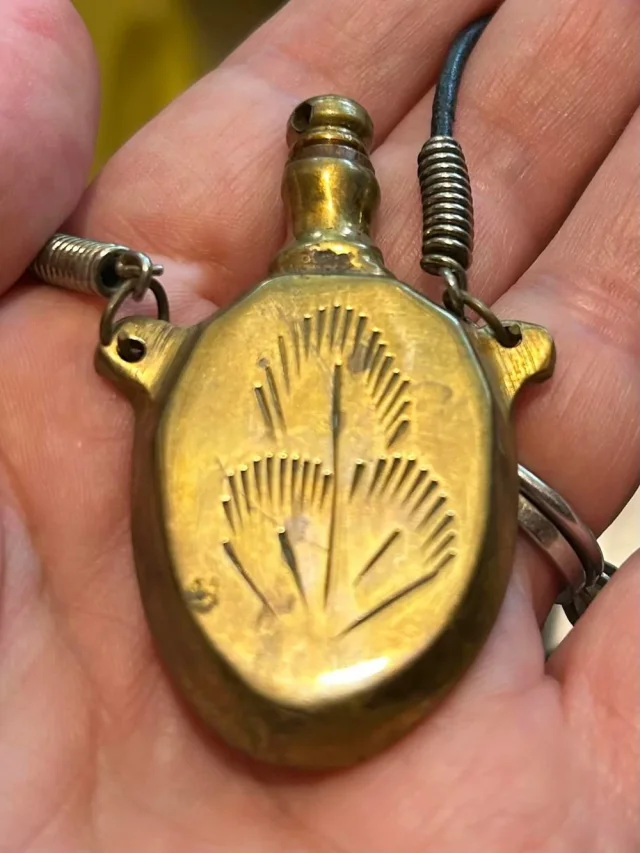
A pendant for perfume or smelling salts. In the Victorian era, perfume was not so much an adornment as a necessity. Tiny pendant bottles protected against the stench of the city and helped ladies "refresh" themselves when meeting an interesting gentleman. This accessory was a status symbol – only the wealthy could afford it. 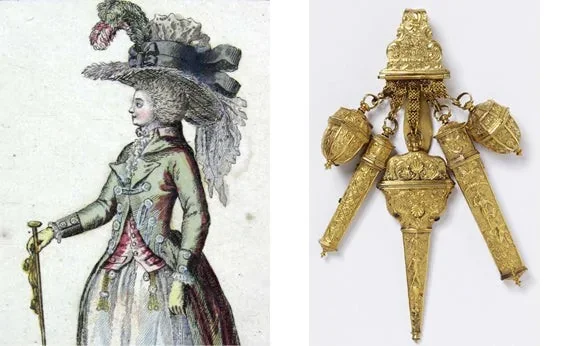
8. A design with flasks filled with a thick, clear liquid and small, multi-colored, shiny elements 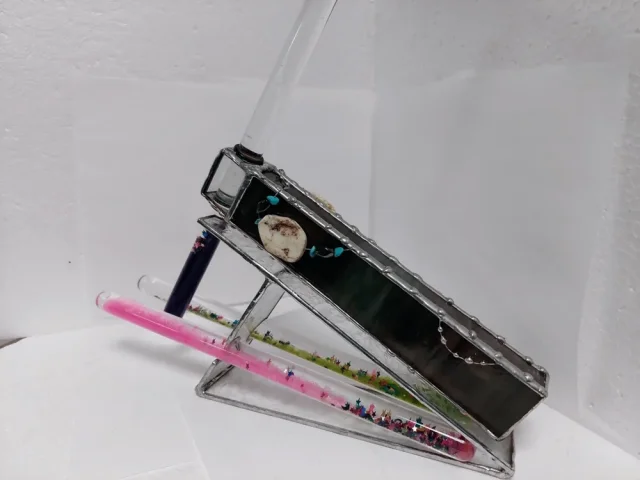
An oil kaleidoscope that creates spectacular, softly moving patterns. 
9. A game with small balls and a point system, found in a park 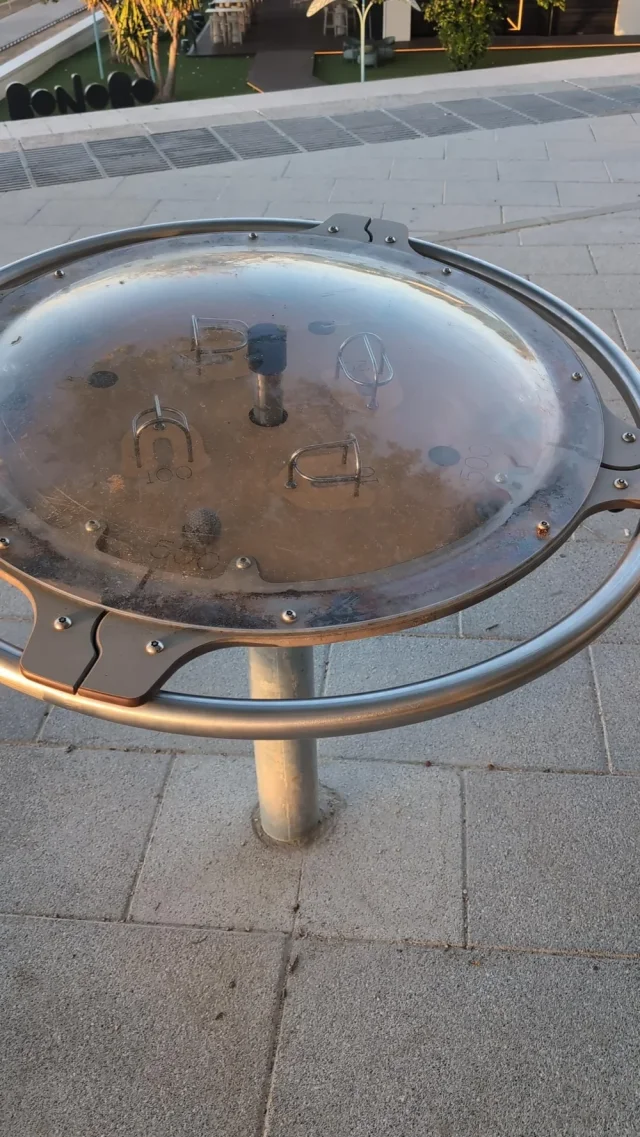
A playground toy where the goal is to get a ball into a hole. 
10. A small glass tray with a roller 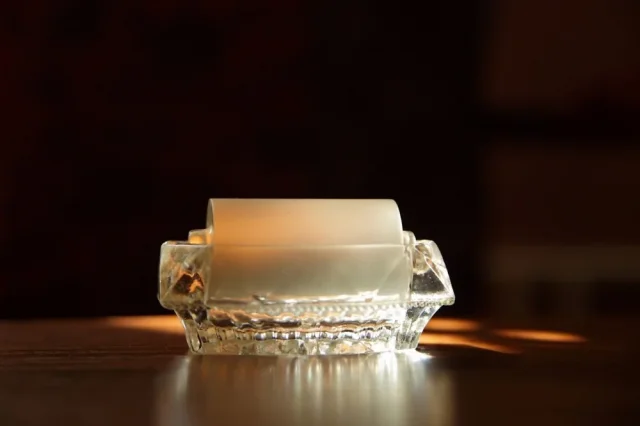
A 19th-century sponge holder or finger moisturizer. You poured water into the glass tray, ran your finger along the roller, and then you could turn pages or apply stamps without using your tongue. An indispensable item for postal and bank employees.

























